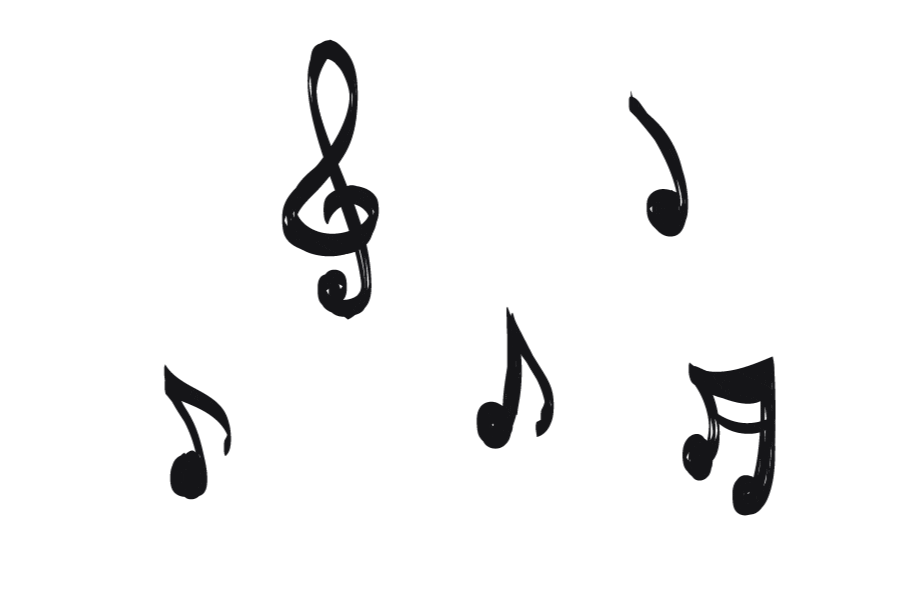Following Spid’s adventure in space, which you can read in Spid the Spider Goes to the Moon, and news that the Voyager space probe is now 15 billion miles from Earth, here are some discussion topics all about space to engage and fulfil children’s curiosity about outer space! So launch off with these start-point questions. 🚀
1. What is ‘Outer Space’?
Outer space is like a gigantic playground that surrounds our planet, Earth. Imagine it as a vast, dark, and mysterious place where astronauts and spaceships go on incredible adventures. Here are some cool things about outer space:
- No air: Unlike Earth, outer space doesn’t have any air to breathe. It’s like a super high-up place where you’d need a special suit to survive.
- A skyful of stars: Imagine looking up at the night sky and seeing not just a few stars but billions of them! Outer space is filled with twinkling stars, and some of them are much bigger and brighter than our Sun.
- Planets and moons: Space has other planets like Mars, Jupiter, and Saturn. They’re like Earth’s cousins, and some even have their own moons!
- Astronauts and rockets: Brave astronauts travel to outer space in rockets. They float around, do experiments, and sometimes even eat space ice cream!
- Black holes and nebulas: There are mysterious things called black holes that suck everything in, and colourful clouds called nebulas where new stars are born.
2. What can we find in ‘Space’?
Space is a cosmic treasure chest full of amazing things:
- Stars: These are shiny gems that twinkle in the night sky. Some are red, some are blue, and most are so far away that their light takes millions of years to reach us! Essentially, they are balls of fire, burning gas!
- Planets: Imagine visiting other worlds! We have planets like Mars (the red one), Venus (the super-hot one), and Jupiter (the giant with colourful stripes).
- Moons: Just like Earth has one moon, other planets have their own moons. Some are big, some are small, and they all dance around their planets (held by a force called ‘gravity’ which is what also keeps our feet on the ground here on Earth).
- Asteroids and comets: These are like space rocks that zoom around. Sometimes they visit Earth, but don’t worry—they’re usually friendly!
- Galaxies: Imagine a whole bunch of stars holding hands. That’s a galaxy! Our Milky Way galaxy is like a giant spiral with billions of stars.
- Space telescopes: These are like super-powered binoculars that help scientists see faraway things in space.
3. Why travel to space?
Going to space is like going on the coolest adventure ever! Here’s why astronauts love it:
- Discover new things: Astronauts explore space to learn about planets, stars, and aliens (okay, maybe not aliens, but we’re still looking!).
- Help Earth: Space missions teach us how to take care of our planet. We learn about weather, pollution, and how to keep Earth safe. One day we might discover new places to live.
- Cool space gadgets: Astronauts get to play with space gadgets like floating pens, space food, and super-fast rockets.
- Inspire everyone: When astronauts go to space, they inspire kids like you to dream big and become scientists, engineers, or even space explorers!
4. Is there life on other planets?
Scientists think it’s possible!
They use special telescopes to look at the other planets and see if they’re suitable for life. Here are three things they look for:
- Friendly air: Just like we need air to breathe, scientists search for planets with gases like oxygen and carbon dioxide. These gases help plants and animals survive.
- Watery planets: Water is super important! It’s like the juice of life. Scientists hope to find planets with water, like Earth’s oceans and rivers.
- Not too hot, not too cold: Imagine a planet that’s too hot (like standing next to a volcano) or too cold (like an ice cream freezer). Scientists want to find planets with just the right temperature—like a cosy room where Goldilocks could enjoy a warm cup of tea!
Kepler 22b: The Cool Neighbour:
One day, the Kepler telescope (a really big magnifying glass) found a special planet called Kepler 22b. It’s a bit bigger than Earth and lives about the same distance away from its star (as Earth does from the Sun). Scientists think Kepler 22b might have water on it! Imagine lakes, rivers, and maybe even space dolphins swimming around.
Aliens and Bacteria:
When we think of aliens, we imagine funny-looking creatures with big eyes and green skin. But real-life aliens might be much smaller!
However, scientists believe that if there’s life out there, it could be more like bacteria. Bacteria are tiny, tough, and can survive in harsh conditions – like the deepest ocean trenches or highest mountains on Earth.
So, don’t expect to meet E.T. (the friendly alien from the movies) anytime soon. Instead, keep an eye out for space bacteria waving ‘hello humans’.
Listen to Alien Earths by world-leading astronomer Lisa Kaltenegger. This podcast is available until the end of May 2024 on BBC Sounds
Summary
In summary, outer space is like a magical playground where astronauts zoom around, stars twinkle, and planets spin. But we’re still figuring out how it all works. In 1961, Yuri Gagarin became the first man in space. And in 1977, NASA launched the Voyager 1 space probe. This is now 15 billion miles away from Earth, and radio messages take nearly a day to reach us. It carries with it scientific instruments, cameras, information and cultural artefacts about life on Earth. These include a music recording and also a model of the (molecular) code for creating life. Maybe one day, kids like you will become space explorers and discover amazing things beyond our wildest dreams! 🚀🌠
Sources and further reading
1. https://www.nasa.gov/humans-in-space/why-go-to-space/
2. https://en.wikipedia.org/wiki/Benefits_of_space_exploration
3. https://www.planetary.org/articles/space-exploration-is-always-worthwhile
Download our Space Discussion Topics




